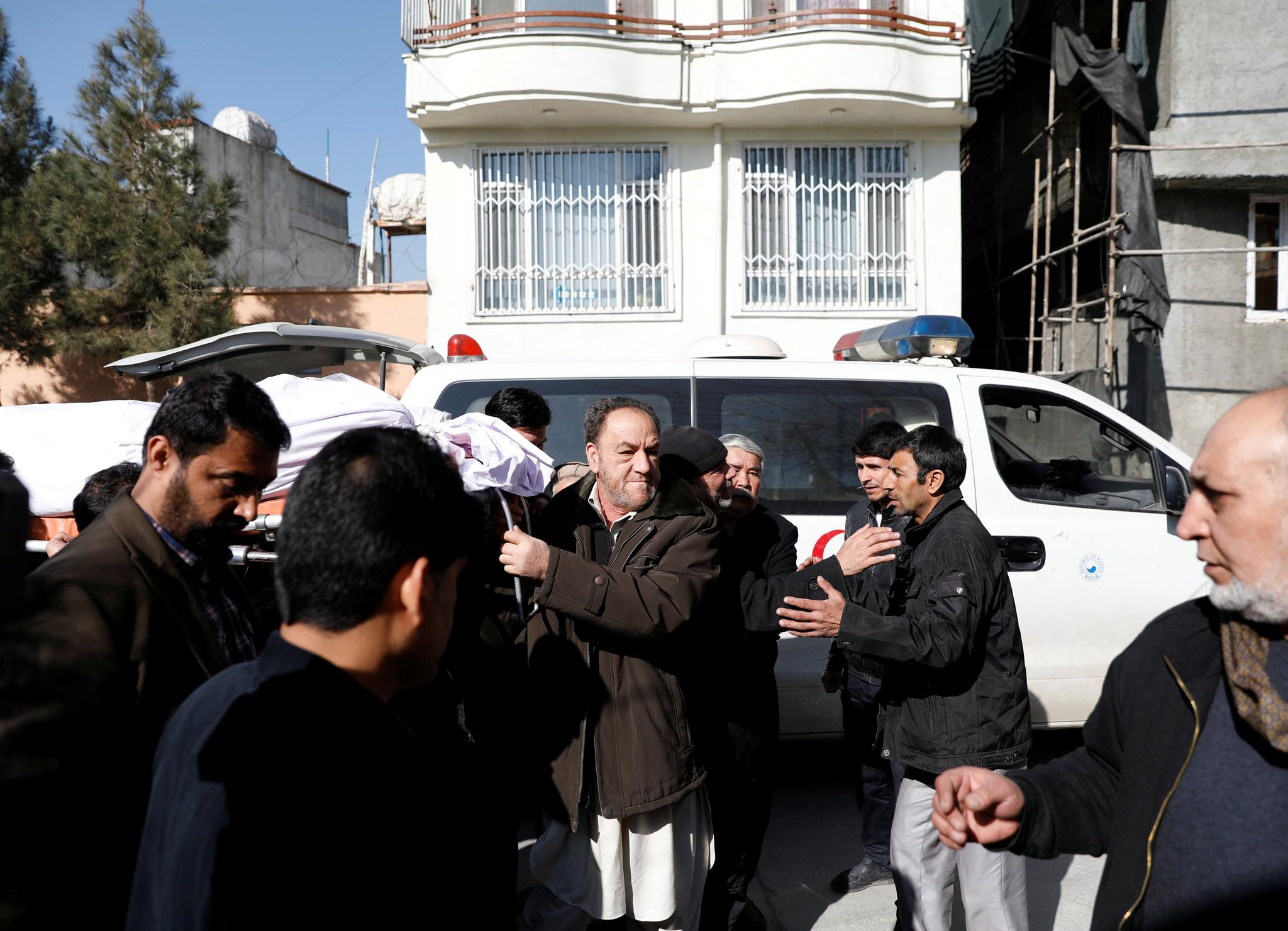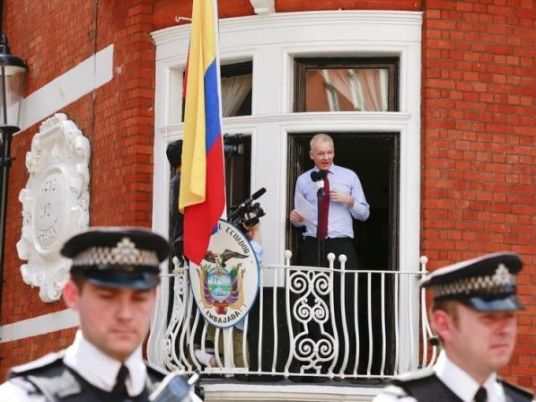The recent assassination attempt of Interior Minister Mohamed Ibrahim closely echoes previous failed assassination attempts over the past 30 years on Egypt’s interior ministers, all of which employed the similar methods.
In both the 1989 assassination attempt on former Interior Minister Zaki Badr as well as the 1990 attempt on Interior Minister Abdel Halim Moussa, a car bomb was detonated as the ministers’ motocade was passing.
Although the Jama’a Islamiya claimed responsibility for both attacks, this time the group has denied any connection with the attempt on Interior Minister Mohamed Ibrahim.
The Badr assassination attempt:
The Jama’a Islamiya decided to assassinate Zaki Badr when the police assaulted Omar Abdel Rahman, the group supreme leader, while delivering his Friday prayer sermon. Mostafa Hamza, the group kingpin at the time, his deputy Khaled Hefny, and his military wing commander, Mamdouh Ali Youssef, asked all group leaders to leave the country in anticipation of a retaliating response by the authorities after the assassination, as happened to Alaa Mohi Eddin, who was killed.
They all left, including Osama Roushdy, Abdel Qader Hammad and Mahmoud Shuaib, while Youssef stayed to take over and carry out the operation.
The group also intended to assassinate other officials, should the first attempt succeed. Among them were Mostafa Abdel Qader, director of the State Security Apparatus, his deputy, Mostafa Kamel, Safwat Gamal Eddin, the director of the Prisons Department, and Mohamed Awad, the Istiqbal Prison warden. The group considered them all involved in the torture of the group members in prison.
The group chose to use explosives so as to deliver a strong message to the regime.
Preparing for the operation:
The minister was monitored for four months in the most primitive way, for the members who were tasked with the operation all came from the provinces of Upper Egypt, unfamiliar with the map of Cairo, save for the location of the Interior Ministry and the minister’s place of residence.
Badr used to to go to the Police Club to play some sports, then head to his office at the ministry.
The military wing got the TNT explosive material from the landmines that could be found in abundance in the desert and trained its militias on how to use it in Afghanistan. They got more than a ton of explosives from the desert of Al-Quseir on the Red Sea.
They put the explosives in a car that they parked under the Al-Fardos Bridge on Salah Salem Street, where the motorcade would be driving. Should the minister survive the explosion for any reason, snipers were placed at different locations to shoot him on the spot.
But the bomb did not explode, though they had rehearsed several times, and the snipers did not snipe because they did not hear an explosion in the first place.
The group was intending to blow the Interior Ministry building after killing Badr. An accomplice was to place a handbag full of explosives outside the building to blow open the entrance. Then another on a motorcycle with a trunk full of explosive material would drive into the building and blow it from the inside.
This operation was cancelled when the assassination failed, and the suicide bombers left the site.
The assassination attempt on Badr failed miserably, and the militants went to hide in the village of Kafr Saqr in Sharqiya.
The Moussa assassination attempts:
Assailants attempted on four separate assasination to assassinate Moussa, all of which were unsuccessful. In the first attempt, which was in retaliation for the death of Alaa Mohi Eddin, the group accidentally killed Refaat al-Mahgoub, the parliament speaker, whose motorcade the group had mistaken for Moussa’s. Surprisingly, the group’s informant had confirmed that it was Moussa in the car.
Another attempt was to shoot Moussa while he was exiting his residence, but it was later cancelled as there were too many passersby in the area.
A third attempt was on Tahrir Street. When the informant was waiting for the motorcade to pass in order to give the signal to the gunmen, a large black man passed in front of him, blocking his vision. He could not see the cars, and so the motorcade passed before he could signal to them.
In the fourth attempt, they fired 400 bullets in 40 seconds at Moussa’s motorcade on Kasr Al-Nil Bridge, killing his driver who was a relative of a group member. They apologized to his family and fasted two months in repentance.
The group later expanded its operations to include police officers and not just interior ministers.
Edited translation from Al-Masry Al-Youm




